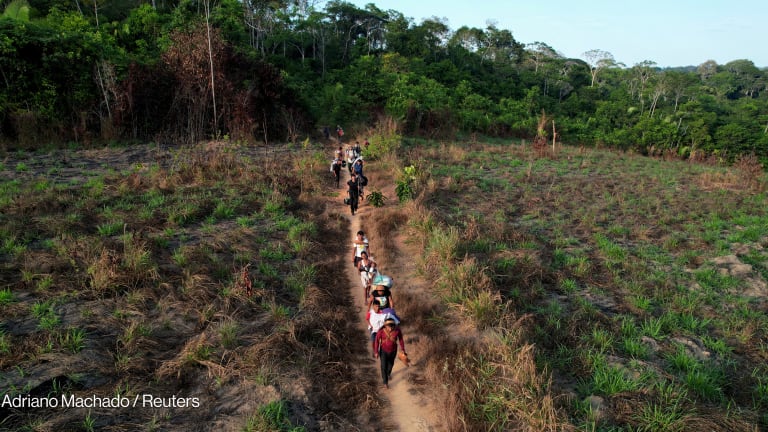Over the last 17 years, a small group of ecotourism companies in Kenya have been paying local Maasai residents in the Maasai Mara region to keep their land unfenced and wild to maintain the unique biodiversity of the region.
These funds have already saved — among other things — pastoral livelihoods and the local elephant population. The effort as a whole also increased the amount of protected land in the country from 8% to 12%.
“This has really led to a big shift in terms of people really starting to see the value of putting their land aside for wildlife,” said Mohanjeet Brar, managing director of an ecotourism company called Gamewatchers.
Printing articles to share with others is a breach of our terms and conditions and copyright policy. Please use the sharing options on the left side of the article. Devex Pro members may share up to 10 articles per month using the Pro share tool ( ).




